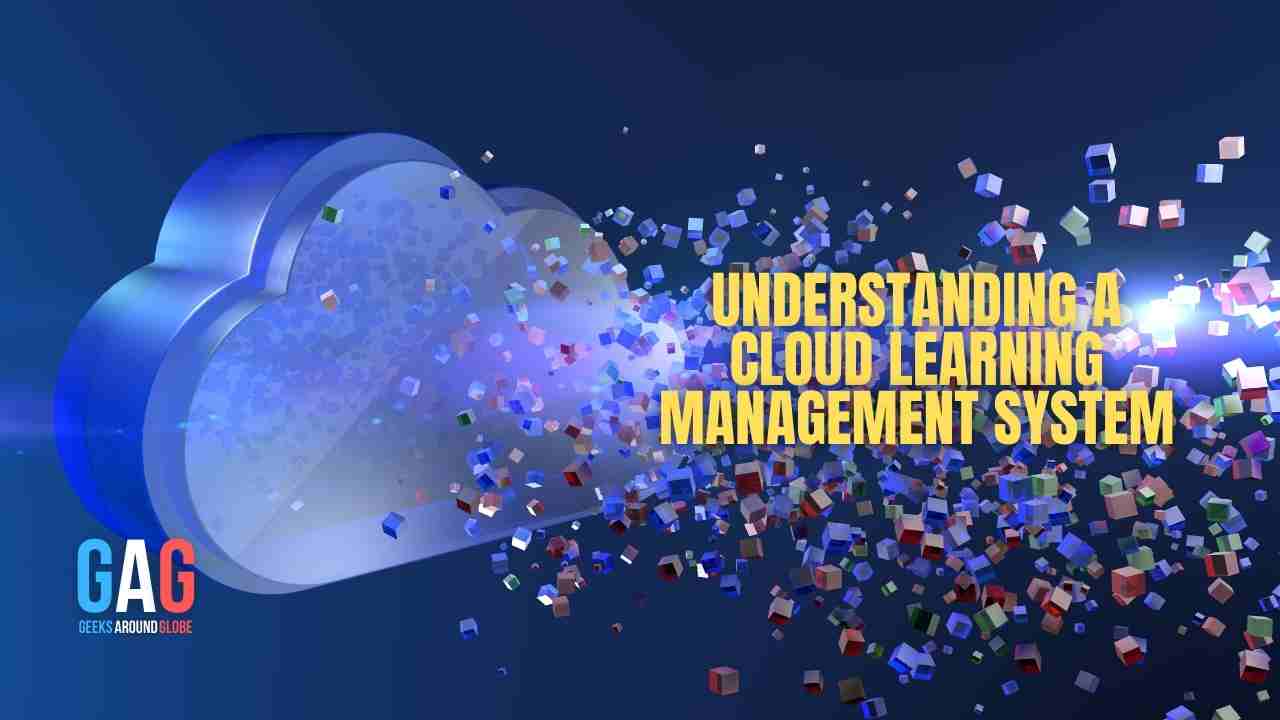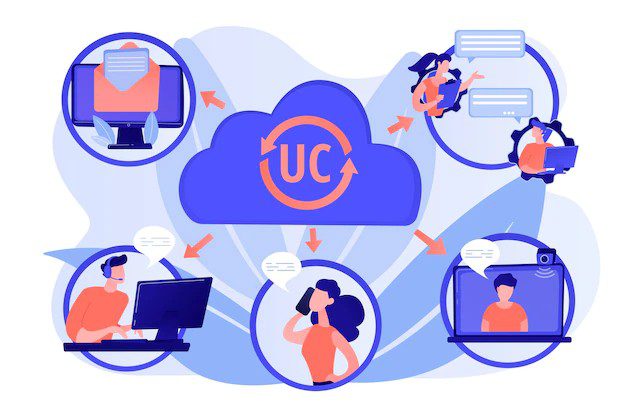A cloud-based LMS is one that you may access and use without having to install any special hardware or software. You and your online learners can access the functionalities of the cloud-based LMS platform by logging into a web portal. A majority of social media programs are cloud-based, and businesses are following suit. Today, many learning management systems are classified as Software-as-a-Service (SaaS) products, which is a technical word for a web service.
You are relieved of the burden of managing sophisticated software and hardware since the vendor hosts services and infrastructure, not you. Early learning management systems were and still can be installed as an application onto a computer. They have their own importance and place, but in this modern age, cloud-based learning solutions are gaining traction.
Keep reading to know more details about Cloud-based Learning Management Systems.
Self-hosted vs. cloud-based LMS
LMS could be as complicated as a SaaS spend management system.Some of the implementation possibilities for an online Learning Management System are as follows:
Cloud-based
These learning management systems can be hosted in the cloud. The vendor is responsible for system upkeep, technology upgrades, and updates. Organizations may get started right away because they don’t have to install any software.
Self-hosted
Your LMS provider may recommend that you install it from their website or provide you with software discs. You have more creative freedom and personalization with self-hosted LMS platforms. However, the system will necessitate IT expertise.
Advantages of a cloud-based LMS over a self-hosted LMS
Improved security – A cloud LMS provides a secure platform. While these security measures are available on their own, you will have to pay a premium for them and devote time to learning about security.
Less demanding — Because the vendor handles the majority of the management, implementing a cloud-based LMS is simple. The vendor is also responsible for any software updates or system upgrades.
Easy to set up – Using a cloud LMS, you may quickly set up your online training course. Even if you have a quick set-up with a self-hosted LMS, you may need to spend some time finding a nice theme, tweaking it, or customizing it.
Unlimited material – Most cloud learning management systems don’t have a content limit. You can upload a limitless amount of eLearning content, including video.
Scalable bandwidth — When the number of users on a server grows, organizations sometimes experience service failures. Such issues can degrade the user experience. With a cloud LMS, however, this is not the case. Your bandwidth can always be autoscaled based on the number of users.
Benefits of a Cloud-based LMS.
1. No infrastructure investment
To use a traditional LMS effectively, a business must spend both on software and hardware. It must also spend money on software installation, system configuration, and technical support.
However, the company can employ a cloud-based LMS with a pay-as-you-go pricing plan to save the upfront infrastructure costs. The cloud LMS is economical for enterprises of all types and sizes due to the lower infrastructure costs.
2. It is inexpensive
One of the most important benefits and deciding factors for decision-makers is cost-effectiveness. Purchasing a cloud-based LMS platform is more cost-effective than purchasing software as an eLearning solution.
Instead of wasting money on features that organizations will never use, you pay for what you are using. There are no set-up expenses and upgrades are included in the cloud-based LMS at no additional cost. The pricing is dependent on consumption indicators such as the number of users or portals, so you only pay for what you use.
3. Get on-demand storage space
Because it offers new online training courses on a regular basis and delivers training to a growing number of people, an organization must spend on extra storage capacity.
The vendors of cloud-based LMS maintain data and information on a remote server. Customers can request more storage capacity from cloud LMS vendors on demand. As a result, users can store more content and reduce data leakage without having to invest in more servers or storage devices.
4. Standardized accessibility
While there are some advantages to face-to-face training, the disadvantages are significant.
Not everyone has the same level of expertise, some people may become bored because they are familiar with many topics. There may also be individuals who are unable to catch pace with the training. E-learning solves this problem. People can access online training materials on LMS systems at their own pace, making training more individualized and tailored to each individual’s learning curves.
One problem that this solves is the embarrassment that people feel when they admit they are falling behind. They can simply repeat the lessons till they comprehend them without fear of embarrassment.
5. Installation time
The installation process for cloud-based LMS solutions is typically simple and quick, unlike traditional learning management systems. You won’t need to meet with project managers for long periods of time to discuss the system’s installation and implementation, helping the process go faster.
6. Scalable and secured
To give their clients confidence, Cloud LMSs must be extremely secure. Code and procedures should be secure. They should follow industry standards and be subjected to independent testing on a regular basis. To guarantee that your information is always safe, it should always be encoded in rest and in transit.
Cloud-based services should also utilize their infrastructure to immediately expand to meet your user count and be easily accessible. All of these considerations will ensure the system you select is not only a secure platform for storing your data but also the one that can scale to meet your needs.
7. Improved learner experience
Cloud-based LMSs allow people to access data and programs from every device and region, including some content even available offline. The ability to obtain the online training materials via your smartphone, tablet, or laptop without compromising your progress or data is critical in the age of mobile learning, and it allows just-in-time knowledge acquisition.
Conclusion
The eLearning business is undeniably dominated by cloud-based LMS solutions. The inexpensive pricing of a cloud-based LMS is one of its most appealing features. Businesses have been pushed to upscale their LMS operations and become cloud-based as the trend toward virtual training and eLearning applications continues.







